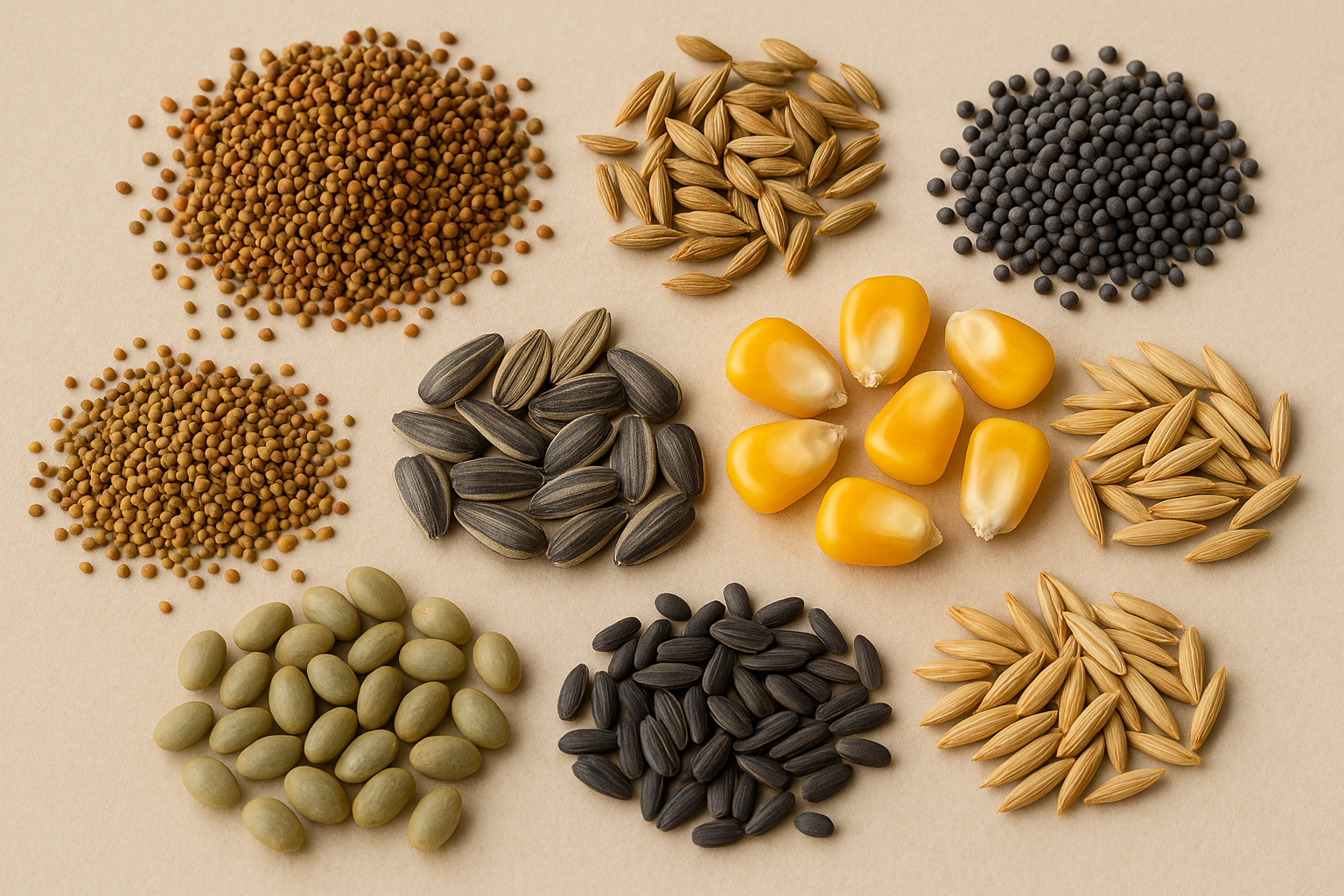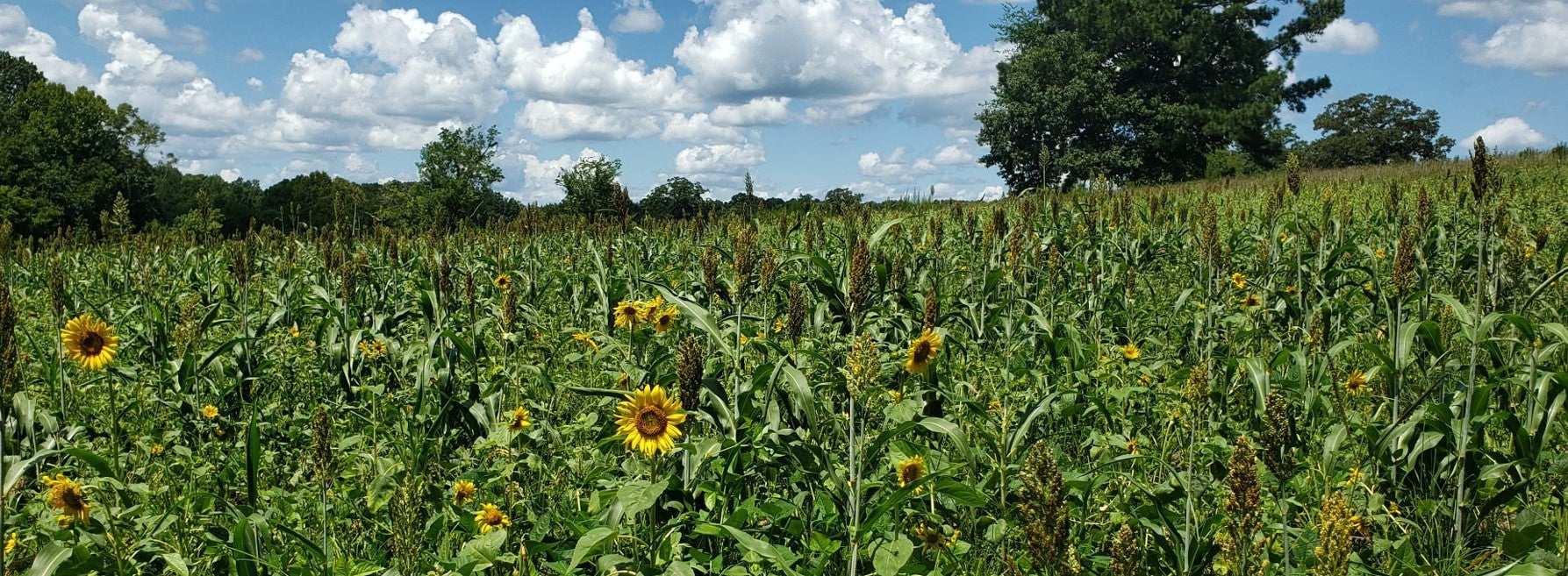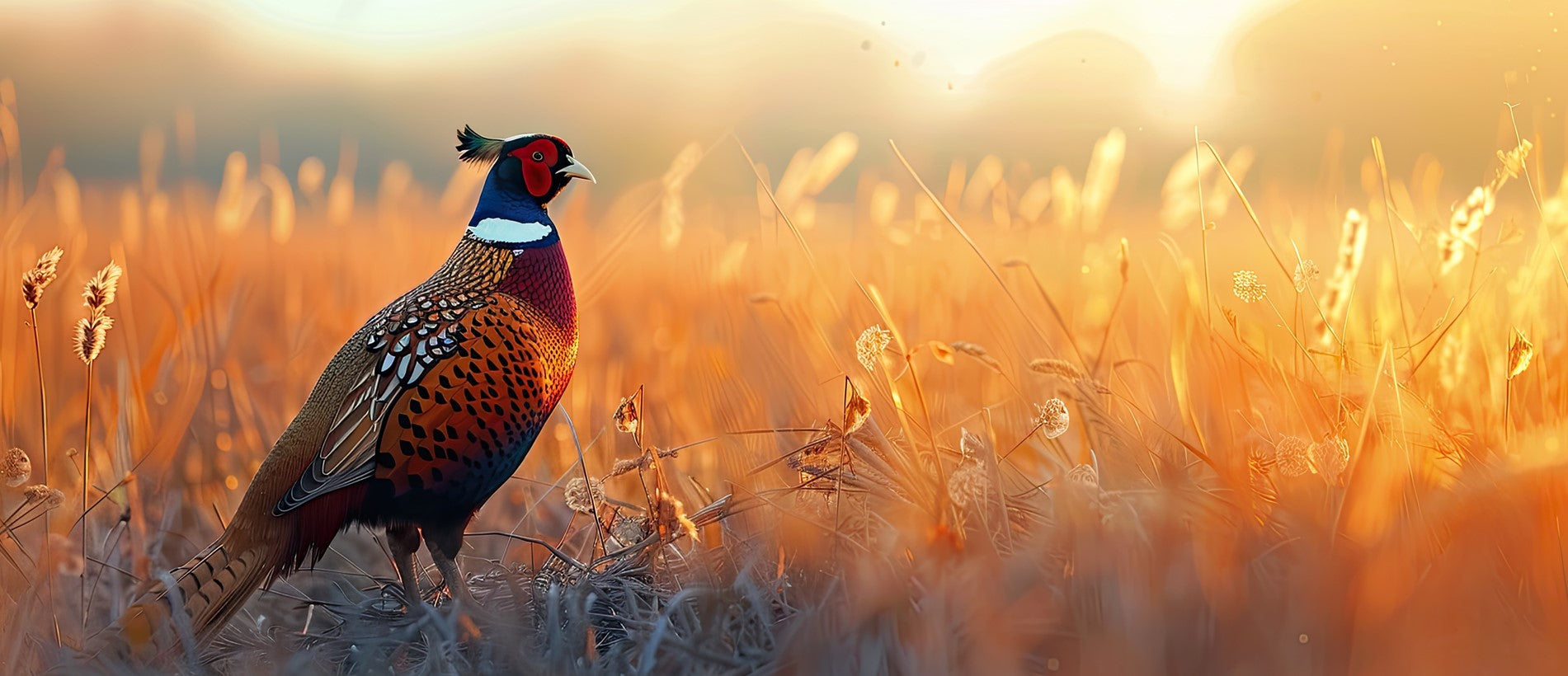Different Plots For Different Seasons
You know, it’s not all that hard to plant something that will attract deer, but why not take the same money, effort and time and plant plots that will also provide good nutrition? We call plantings that are both attractive and nutritious “complete plots.” Today, I want to talk about just such plots. And be assured: You do NOT have to give up nutrition to get attraction. Quite the contrary, deer innately seek out and eat what is good for them, and some of the most attractive plants are also the most nutritious.
We’ll start our discussion with the deer’s two distinct nutritional needs – warm-season and cool-season. In spring and summer, the name of the game for deer is growth to help recover lost muscle mass from rut and winter stress and to meet the demands of antler-growing and fawning. This calls for protein. Thus, first and foremost, warm-season food plots must produce lots of high-protein forage. And when it comes to high-protein, legumes, such as lablab, peas, clover, vetch, alfalfa and the like, are just the ticket. Chicory, the super new wildlife forb, also ranks right up there with legumes for protein.
I realize that many hunters are not accustomed to thinking in terms of planting in the spring and growing summer plots, but warm-season plots are far more important nutritionally than cool-season plots. They are the ones most critical to putting more inches and pounds on bucks, increasing fawning success and supporting more deer. And, another huge benefit of serious warm-season plots is that yearling bucks tend to “imprint” (a biological term referring to an animal’s tendency to permanently “lock” onto a particular locale) to the food plots and set up permanent residence there rather than disperse from the area. You see, matriarch does instinctively run yearling bucks out of their home range during the summer of their first birthday. This is called “yearling dispersement,” which is a major reason for the difficulty in stockpiling bucks on smaller tracks. But, when summer plots are overwhelmingly important and attractive to deer, even the yearlings are reluctant to leave…or be run off…the easy pickings, thus they remain near the food source and imprint to the area. The fact is: You can’t have a serious nutritional food-plot program without warm-season plots.
Obviously, cool-season plots must attract deer for hunting and viewing, but their nutritional value is also important and should not be neglected. In fall and winter, deer need lots of energy to handle the rigors of the rut and cold so they don’t consume body mass for energy. Corn, various grains and green plots of oats, wheat, rye and triticale are excellent energy sources…and attractants. And though many don’t realize it, so are winter-active legumes and chicory! Yes, high-protein plants are excellent sources of energy, since deer can readily break down protein to energy. And as far as attractiveness is concerned, high-protein plantings can be just as preferred and attractive to deer as anything. And as an invaluable side benefit, legumes and chicory are up and going early in the spring to give deer a jump-start on antler growth and fawning success before warm-season plantings kick in! Give me high-preference and high-nutrition anytime over simply high-preference. Tecomate Max-Attract 50/50, which is 50 percent grains and 50 percent legumes and chicory, and Tecomate Monster Mix, made up of legumes and chicory, were formulated to be just such all-round nutrition sources and attractants.
Next time, we’re going to a small farm in Georgia to look at a big buck success story made possible by food plots. I’m David Morris. See you then.
Posted by David Morris











Leave a comment